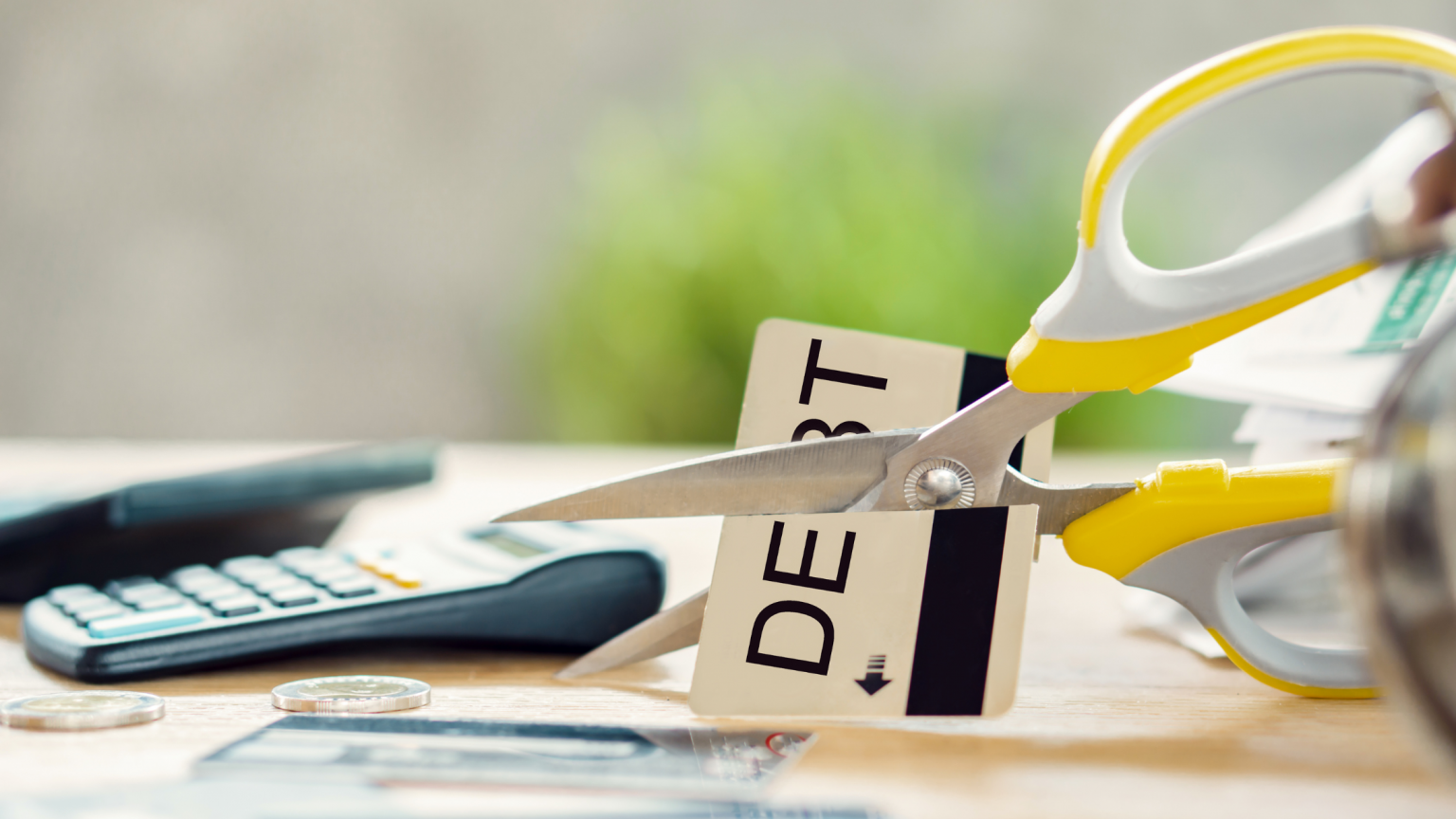
Most Americans are carrying some form of debt. A recent survey by GOBankingRates found that about 30% of Americans have between $1,001 and $5,000 in credit card debt, 15% owe $5,001 or more, and roughly 6% have over $10,000 in debt. While 6% might seem small, that means around 14 million Americans are dealing with debt in the double-digits.
According to a recent report by New York Federal Reserve Bank, credit card balances went up by $45 billion, reaching a record high of $1.03 trillion during the second quarter of 2023. Retail credit cards and other types of consumer loans also increased by $15 billion in that quarter.
The rise in credit card debt and auto loan balances contributed to an overall 1% increase in household debt, which now stands at a total of $17.06 trillion for the quarter. This is a significant jump of $2.9 trillion since the end of 2019 before the pandemic hit. All of this is happening while interest rates have risen to the highest they’ve been in 22 years.
Strategies for Tackling Credit Card Debt
If you have credit card debt, you’re not alone. There are ways to minimize your debts or even eliminate them completely.
One way is to combine all your high-interest debts into a single loan with lower interest. This method, called debt consolidation, can save you a lot of money. For instance, you could use a mortgage loan with an interest rate lower than 7% to eliminate credit card debts that have an APR of 22%, which is over three times the interest rate of your mortgage.
The average American homeowner with a mortgage is worth just over $274,000, as of the first quarter of 2023. This gives U.S. homeowners a special chance to use that value to pay off their debts. Now, let’s look at some smart ways to deal with your credit card debt:
- Home Equity Line of Credit (HELOC): A HELOC is a type of second mortgage that lets you borrow against your home’s value, allowing you to keep the low interest rate on your primary mortgage. HELOCs typically provide lower interest rates compared to high-interest credit cards. As a result, they serve as a viable option for settling unsecured debts. Homeowners can consolidate multiple outstanding debts, thereby reducing their interest expenses.
- Home Equity Loan: Another form of second mortgage is a home equity loan, which offers a lump sum of money based on your home’s equity. These loans usually have fixed interest rates, making them predictable and potentially lower than credit card rates. You can utilize this loan to completely pay off your credit card debt, merging all your balances into one.
- Cash-Out Refinance: With a cash-out refinance, you exchange your existing mortgage with a new, bigger mortgage. This allows you to borrow more than your current debt and receive the surplus as cash. It’s a smart choice if the new mortgage rate is lower than your current rate and lower than your credit card rates, saving you money on interest payments.
When utilizing these debt payoff strategies, it’s crucial to exercise caution and avoid accumulating more debt. If you use these tools wisely, they can help you work towards a safer and debt-free future.
the bottom line
Debt can be overwhelming, especially if it’s in the double or triple digits. But it’s important to remember that you’re not alone.
Homeowners have a unique opportunity to leverage their home’s equity to become debt-free and stress-free. If you find yourself in debt, take a moment to reflect on what caused it, then start working toward paying it off with one of these debt payoff strategies.
Use our free mortgage and amortization calculators to determine your monthly payment, including mortgage insurance, taxes, interest, and more.
Get My Free Rate Quote